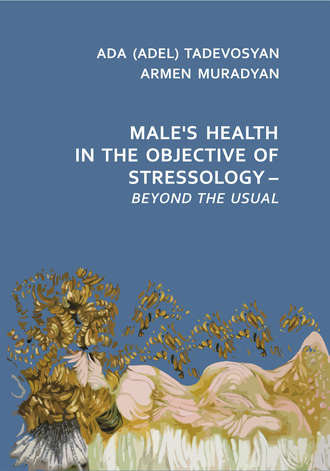Male’s Health in the Objective of Stressology – Beyond the Usual

Полная версия
Male’s Health in the Objective of Stressology – Beyond the Usual
Жанр: научно-популярная литературапрактика психологиипрактическая психологияпсихическое здоровье и психогигиенавнутренняя гармониямужское здоровьеборьба со стрессомзнания и навыкиздоровье и медицина
Язык: Английский
Год издания: 2019
Добавлена:
Настройки чтения
Размер шрифта
Высота строк
Поля
Конец ознакомительного фрагмента
Купить и скачать всю книгу



